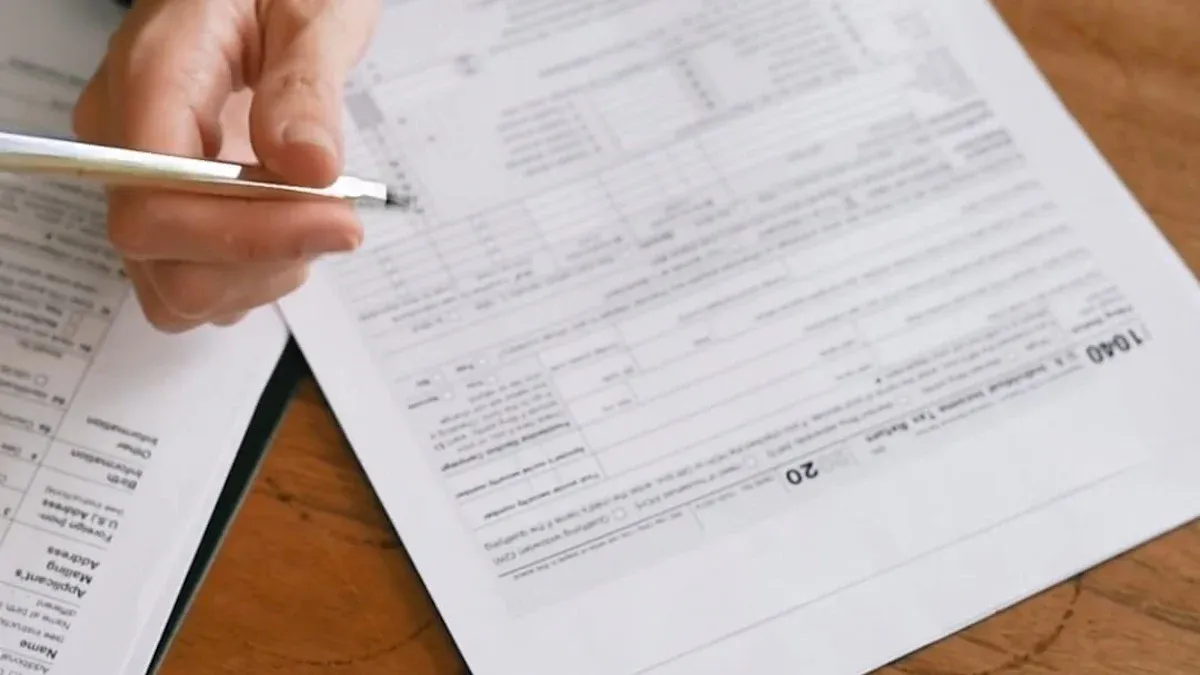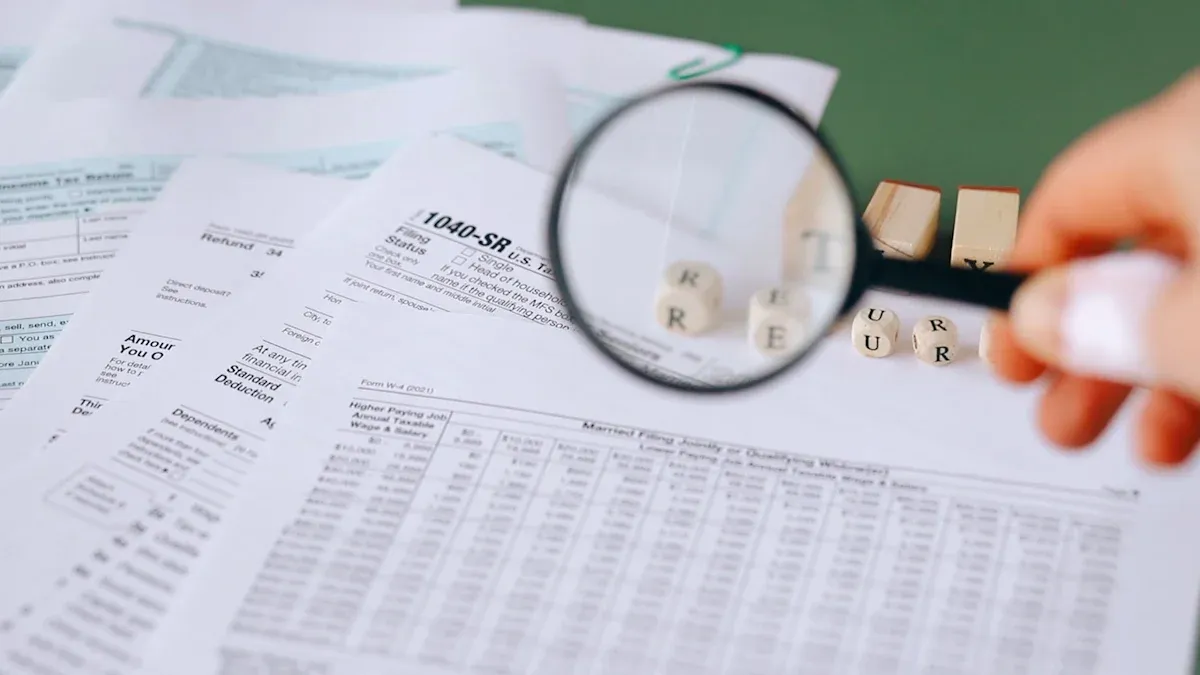Views: 0 Author: Site Editor Publish Time: 2025-08-13 Origin: Site

RMA meaning refers to Return Material Authorization, a process that allows businesses to manage product returns efficiently. Companies rely on RMA to ensure quality standards and streamline operations.
Clear return policies and prompt communication build trust between businesses and customers.
Staff training on RMA systems reduces errors and supports a smooth return experience.
Accurate data and analytics from RMA help companies improve their services and products.
Marsky Solutions Limited, known for its Quality Inspection Service and Container Loading Supervision, demonstrates how strong RMA systems support quality and customer satisfaction.
RMA means Return Material Authorization, a process that helps companies manage product returns efficiently and track issues.
A strong RMA system improves product quality by identifying defects early and supporting quick repairs, replacements, or refunds.
Clear return policies and good communication build customer trust and make the return process smooth and fast.
Using RMA data helps companies find patterns in product problems and make better decisions to improve products and services.
Training staff and using technology for tracking returns ensure accuracy, speed, and better customer satisfaction.
RMA meaning stands for Return Material Authorization. In quality management, this term refers to a formal process that allows customers to return products to a supplier or manufacturer. The return material authorization definition describes it as a system where the supplier authorizes a customer to send back a product, usually due to defects, malfunctions, or other issues. This process often requires the customer to obtain an authorization number before shipping the item back. The RMA system ensures that returns are tracked, managed, and resolved according to company policy.
Note:
RMA meaning is not limited to defective products. Companies also use it for returns involving wrong merchandise, damaged goods, incorrect quantities, or duplicate orders. The RMA process helps businesses handle these situations efficiently and maintain accurate records.
The most common reasons for initiating a return material authorization include:
Receiving the wrong merchandise
Products damaged during shipping
Incorrect quantity received or ordered
Duplicate orders
Defective or malfunctioning products
Manufacturers and service providers rely on RMA to manage returns for repairs, replacements, or refunds. This process supports warranty policies and ensures that customers receive timely solutions.
RMA plays a vital role in quality management systems. Companies use return material authorization to monitor and control the flow of returned goods. This process helps organizations document the reasons for returns, assess product conditions, and take corrective actions. By tracking RMA data, businesses can identify trends, such as recurring defects or shipping issues, and address root causes.
A structured RMA process benefits both companies and customers:
RMA meaning includes the ability to identify and resolve product defects through root cause analysis. This supports improvements in manufacturing and product design.
Efficient RMA systems increase customer satisfaction by providing quick resolutions, such as replacements or refunds.
Companies reduce costs by detecting quality issues early, which minimizes expenses related to recalls and warranty claims.
Regular analysis of RMA data drives continuous improvement in product quality and customer service.
Automation and integration of RMA workflows with other business systems improve tracking, visibility, and communication.
Companies that invest in clear RMA procedures and staff training see better results in quality control and customer loyalty.
RMA meaning extends beyond simple returns. It forms a core part of a company's quality management strategy, ensuring that every return provides valuable feedback for ongoing improvement.

The RMA process begins when a customer needs to return a product. To initiate an RMA, the customer contacts the company through customer service or technical support. The company requests specific documentation, such as an RMA form, order number, customer details, product information, and the reason for the return. This information helps organize and track the returns process.
Companies evaluate the eligibility of the return by checking the product’s condition, the time since purchase, and the reason for the return. They verify that the request meets the company’s return or warranty policy. Common criteria include unopened packaging, a valid return window, and exceptions for certain items. If the return meets all requirements, the company issues an RMA number or return goods authorization. This unique number allows both the customer and the company to track the product returns throughout the RMA process.
Clear communication and accurate documentation at this stage help prevent errors and ensure regulatory compliance.
After receiving the RMA number, the customer ships the product back, following the company’s instructions for packaging and shipping. When the company receives the returned item, the quality team inspects it to confirm the reported issue. Inspection focuses on identifying defects, damage, or signs of misuse. Serial number tracking helps detect unauthorized product returns.
The inspection step is critical in the RMA process. It determines if the product qualifies for repair, replacement, or refund. Some companies refurbish returned items to restore them for resale. Proper inspection ensures that only products meeting quality standards re-enter the supply chain.
Once the inspection is complete, the company decides on the next steps. The RMA process may result in repair, replacement, refund, or responsible disposal of the product. The team documents the defect in a nonconformance report and investigates the cause. They choose the best resolution, such as rework, return to supplier, or scrap.
If the issue is recurring or critical, the company may launch corrective and preventive actions to improve future quality. The company communicates the outcome to the customer, closing the returns process. In industries like electronics, the average RMA process from receipt to resolution takes about 7 to 10 business days.
Timely and transparent handling of product returns builds trust and supports continuous improvement in quality management.

A robust RMA process strengthens quality control across manufacturing and supply chains. Companies use RMA data to spot patterns and root causes of product failures. Regular analysis of return information reveals recurring defects and process gaps. This feedback loop allows teams to:
Identify and resolve product issues quickly.
Improve manufacturing processes and product design.
Lower defect rates and reduce costs related to returns.
The RMA system acts as a feedback mechanism, helping businesses detect and address quality concerns before they escalate. By capturing detailed information on returns, companies gain valuable insights that drive continuous improvement. The table below highlights how RMA systems impact key quality control metrics:
| Quality Control Metric | Impact of RMA System Implementation |
|---|---|
| RMA Rate | Measures frequency of product returns due to defects; high rates indicate quality issues and affect profitability. |
| Warranty Claims | Tracks costs and frequency of warranty repairs; influenced by defects detected through RMA data. |
| Customer Complaint Rate | Reflects dissatisfaction; RMA systems help reduce complaints by addressing root causes. |
| First-Pass Yield (FPY) | Indicates products passing inspection without rework; RMA data helps improve efficiency. |
| Scrap Rate | Measures material waste; RMA insights can reduce scrap. |
| Rework Rate | Tracks products needing extra work; RMA data highlights recurring defects. |
| Rejection Rate | Counts products failing final inspection; RMA helps identify quality gaps. |
| Supplier's Quality Incoming | Monitors incoming material quality; RMA data supports supplier management. |
RMA processes play a direct role in customer satisfaction. When companies handle returns efficiently, customers feel valued and supported. Clear communication, fast authorizations, and transparent procedures lead to quicker refunds or replacements. Customers appreciate a smooth returns management experience, which builds trust and encourages repeat business.
Companies review complaints received through the RMA process to measure satisfaction levels. Management teams use this feedback to make improvements that address customer concerns. By preventing recurring problems, businesses can boost satisfaction scores and strengthen brand loyalty.
Tip: Fast and clear RMA procedures often result in higher return process satisfaction ratings and more repeat customers.
RMA data serves as a powerful tool for continuous improvement. By tracking reasons for product returns, companies uncover trends and recurring issues. This information supports better decision-making in product design, manufacturing, and quality assurance.
Companies use RMA data to link returns to original sales orders, ensuring accurate inventory records.
Detailed tracking of return reasons, defect types, and processing times helps identify inefficiencies.
Analysis of this data leads to corrective actions that reduce defect rates and improve overall quality.
Integrating RMA data into business systems streamlines rework management and enhances traceability. Over time, this approach transforms returns into opportunities for growth and operational excellence.
A clear and accessible RMA policy forms the foundation of an effective rma process. Companies should develop policies that define the criteria for returns, replacements, repairs, and refunds. These policies must remain concise, easy to understand, and compliant with all relevant regulations. Customers benefit from straightforward instructions on how to initiate a return, which reduces confusion and speeds up the process.
Define return, replacement, repair, and refund criteria.
Ensure the policy is concise and easy to understand.
Provide clear instructions for initiating the rma process.
Offer responsive customer support for rma-related questions.
Use automation and tracking systems to manage requests efficiently.
Analyze return data to improve product quality and service.
A transparent policy sets expectations and simplifies returns. Marsky demonstrates this by delivering timely inspection reports and maintaining open communication with clients.
Efficient rma tracking ensures that every return moves through the process quickly and accurately. Companies use real-time tracking platforms to provide live updates at every stage. Assigning unique rma numbers allows for quick identification and reduces manual errors. Barcode and QR code integration enable fast scanning and status updates. Automated notifications keep customers informed, which builds trust and reduces the need for follow-ups.
Real-time updates align all departments and support timely decisions.
Customers receive progress updates, inspection images, and attachments.
Automated systems generate return labels and track returns.
Control tower platforms offer end-to-end supply chain visibility.
Integration with product lifecycle management systems supports timely improvements.
Marsky’s approach includes comprehensive inspection and rapid reporting, which supports efficient tracking and clear documentation.
Well-trained staff play a critical role in the rma process. Training programs should cover return handling, customer communication, and the use of automated systems. Regular sessions help employees stay updated on best practices and new technologies. Companies benefit from standardized assessment criteria and checklists, which ensure consistent evaluation of returned products.
Train customer service and warehouse teams on proper return handling.
Use automated portals and unique rma numbers to streamline returns.
Integrate rma processes with inventory and order management systems.
Analyze return data regularly to identify trends and improve workflows.
Update training materials to reflect changes in products or policies.
Marsky emphasizes staff training to maintain high standards in inspection and reporting, ensuring accuracy and efficiency throughout the rma process.
A structured RMA process strengthens quality management and builds customer trust. Companies benefit from clear policies, automation, and data analytics, which improve efficiency and reduce costs. Key steps for success include:
Establishing transparent RMA procedures.
Leveraging technology for real-time tracking and automation.
Using return data to enhance product quality and customer satisfaction.
Marsky Solutions Limited helps businesses implement effective RMA and inspection systems, supporting high standards and long-term growth.
RMA stands for Return Material Authorization. Companies use this process to manage product returns, track defects, and maintain high standards in quality control.
RMA systems provide fast solutions for returns and replacements. Customers receive clear instructions and timely updates, which builds trust and encourages repeat business.
Inspection helps companies verify product issues and determine the best resolution. Quality teams check for defects, damage, or misuse before approving repairs, replacements, or refunds.
Companies collect RMA data to identify trends and recurring problems.
Analysis of return reasons supports improvements in product design and manufacturing.
Marsky Solutions Limited delivers timely inspection reports and clear communication. Their expertise in quality inspection helps businesses prevent costly returns and maintain strong customer relationships.